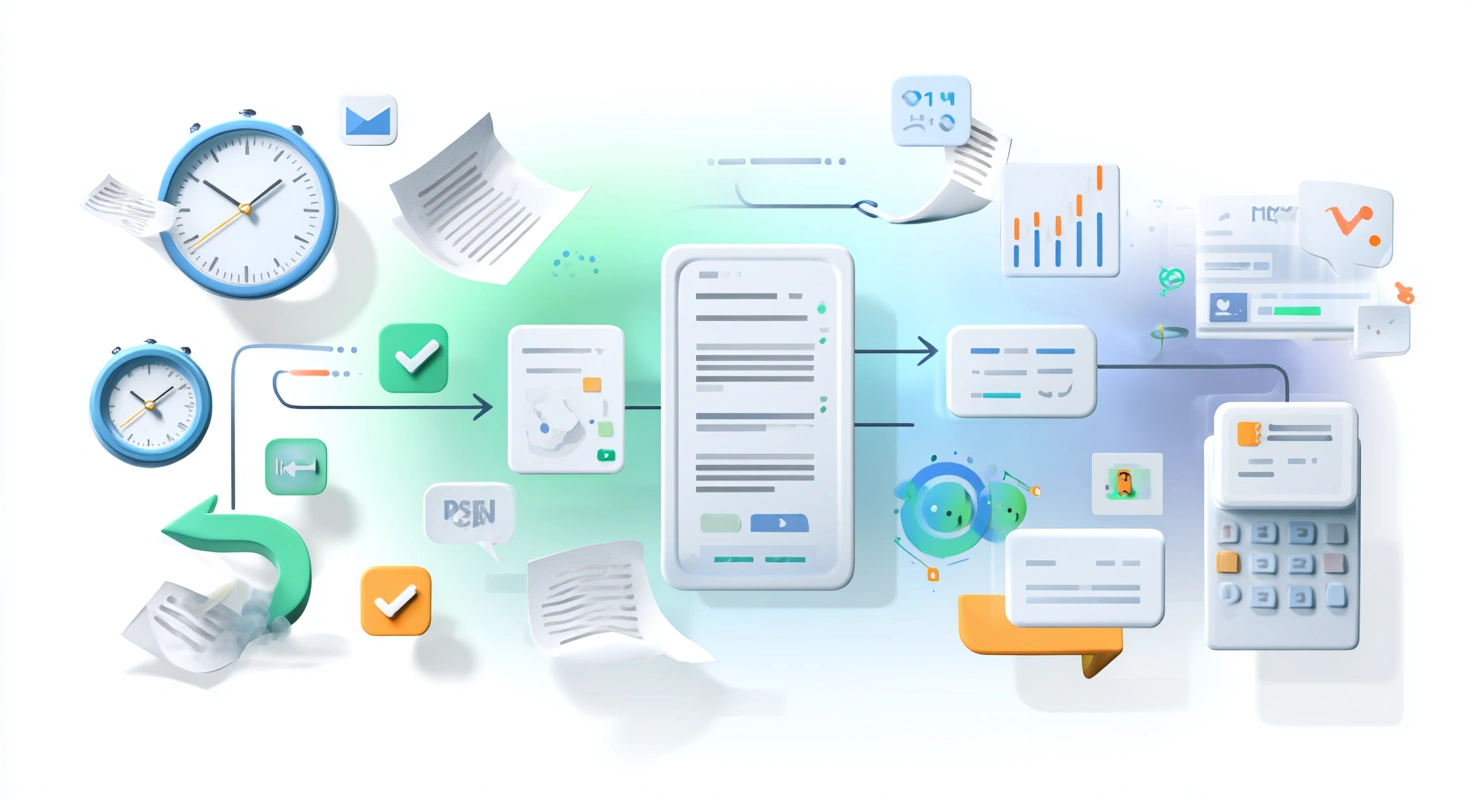Managing customer sentiment is not just about providing solutions; it's about fostering trust and understanding.
A study reveals that 36% of consumers are dissatisfied with the empathy demonstrated in their interactions with customer service.
Negative customer sentiment in healthcare can have far-reaching consequences, affecting the reputation of healthcare providers and the overall patient experience.
This is where the power of technology comes into play, especially in the form of advanced tools like those offered by Convin, which help healthcare companies navigate these choppy waters.
Start your improved customer sentiment journey.
What is Consumer Sentiment?
Customer sentiment refers to customers' overall attitude and feeling towards a company and its services. In the healthcare industry, this sentiment can be particularly impactful.
The customer journey, especially a patient’s, is filled with emotional and physical challenges, making their sentiments a crucial metric that healthcare providers must monitor and understand.
Positive sentiments can lead to higher trust and loyalty, whereas negative sentiments can lead to dissatisfaction and loss of business.
What are the Different Types of Customer Sentiment?

Customer sentiments can be broadly categorized into positive, negative, and neutral.
- Positive sentiments are characterized by satisfaction and happiness with the services received.
- Negative sentiments, on the other hand, stem from dissatisfaction, frustrations, or bad experiences.
- Neutral sentiment usually indicates indifference or a lack of strong feelings either way.
Each type is critical in shaping a healthcare provider's strategies and patient engagement approaches.
This blog is just the start.
Unlock the power of Convin’s AI with a live demo.

Fighting Negative Sentiments Using Customer Intelligence & Custom Tracking
Artificial neural networks boast an impressive 85% accuracy in sentiment identification, marking the highest achieved level.
Convin’s suite of AI-powered tools, particularly its customer intelligence and custom tracking, is pivotal in fighting negative sentiments.
These tools analyze customer interactions across multiple channels, spotting areas where negative sentiments might be brewing.
By identifying these early signs, healthcare providers can proactively address and resolve issues before they escalate.
Let’s quickly understand how sentiment analysis works:
- Data Collection: Initially, we gather customer communications, such as emails or chat transcripts.
- Data Cleaning: The messages undergo a cleaning process where numbers and excess punctuation are eliminated.
- Sentiment Analysis: Subsequently, specialized software interprets the text to determine whether it conveys positive, negative, or neutral sentiments.
- Scoring: Instead of simply categorizing as "positive" or "negative," sentiment analysis assigns a score to indicate the intensity of emotions.
- Utilizing the Results: Finally, we leverage the findings to understand customer preferences and areas for improvement, thereby enhancing our offerings.
A US-based healthcare company’s journey with Convin illustrates the transformation from negative customer sentiment in their patient relations, and clinical teams, to enhanced satisfaction.
Convin captured the conversations to measure customer sentiment by tracking keywords and phrases and taking the necessary actions.

The result was a significant uplift in customer loyalty, customer satisfaction, showcasing how targeted strategies and the right technology can turn customer sentiment around.
Read everything you need to know about Convin’s sentiment analysis here.
How do you Gather Customer Sentiment Data?

Gathering customer sentiment data involves a blend of direct feedback and data-driven insights. Technologies like those offered by Convin facilitate a comprehensive analysis of customer interactions, using AI-driven call scores to assess and improve agent performance.
These insights are crucial to understanding and tracking customer sentiment, allowing healthcare providers to tailor their responses and strategies effectively.
1. Utilize Multi-Channel Data Collection
Implement tools to gather data from various communication channels, such as phone calls, emails, and chats, ensuring a comprehensive understanding of customer sentiment.
Convin's customer sentiment analysis tool is designed to review customer interactions across all channels, providing a holistic view of customer sentiment.
2. Employ Automated Quality Management Systems
Leverage automated systems to analyze customer interactions and identify key sentiment indicators.
Convin's system uses custom auditing templates to identify issues in agent performance and signs of unhappy customer conversations, which is crucial for understanding overall sentiment.
3. Conduct Conversation Behavior Analysis

Analyze customer conversations to detect positive and negative sentiments.
Convin utilizes customer intelligence and custom-tracking to identify parameters that lead to positive and negative business outcomes, helping in sentiment analysis.
4. Implement AI-Driven Call Scoring

Use artificial intelligence to evaluate customer interactions and assign sentiment scores.
This approach helps tailor agent coaching sessions based on customer sentiment, as Convin practices.
5. Integrate Real-Time Monitoring and Feedback
Incorporate tools that offer immediate insights into customer interactions.
Real-time analysis aids in adjusting strategies and responses promptly to address evolving customer sentiments.
6. Encourage Manual Auditing for In-Depth Insights
In addition to automated systems, allow for manual auditing of interactions to gather qualitative data on customer sentiment.
Convin also supports manual auditing of calls, chats, and emails for deeper sentiment analysis and customer feedback.
7. Leverage Natural Language Processing (NLP)
Apply NLP techniques to analyze the language and tone used by customers, gaining insights into their emotional state.
Each of these strategies plays a vital role in effectively gathering and understanding customer sentiment, essential for improving customer experiences and making informed business decisions.
Navigating Customer Sentiment to Customer Satisfaction
The journey from understanding to effectively managing customer sentiment is complex, particularly in the sensitive healthcare arena.
The success story of the US-based healthcare company with Convin underscores the potential of advanced sentiment analysis tools in revolutionizing customer experience.
Convin’s role in this transformation highlights the importance of adopting innovative solutions to understand and positively influence customer sentiments for better business outcomes and patient care.
Book a demo and analyze customer sentiment for improved customer relations today!
Frequently Asked Questions
1. What is the consumer sentiment?
Consumer sentiment refers to the collective feelings, attitudes, and perceptions that consumers have toward a particular product, service, brand, or overall market conditions.
2. What is an example of a sentiment?
An example of sentiment could be positive feelings towards a newly released smartphone brand due to its innovative features and sleek design.
3. What are some customer sentiment analysis tools?
Some customer sentiment analysis tools include:
- IBM Watson Natural Language Understanding
- Google Cloud Natural Language API
- MonkeyLearn
- Lexalytics Semantria
- Hootsuite Insights
- Brandwatch
- Sprout Social
4. Why is customer sentiment analysis important?
Understanding customer sentiment drives better decisions, drives positive sentiment in customers, and improves customer satisfaction. The customer data boosts the customer sentiment score and helps the customer service team understand how the customers feel.








.avif)